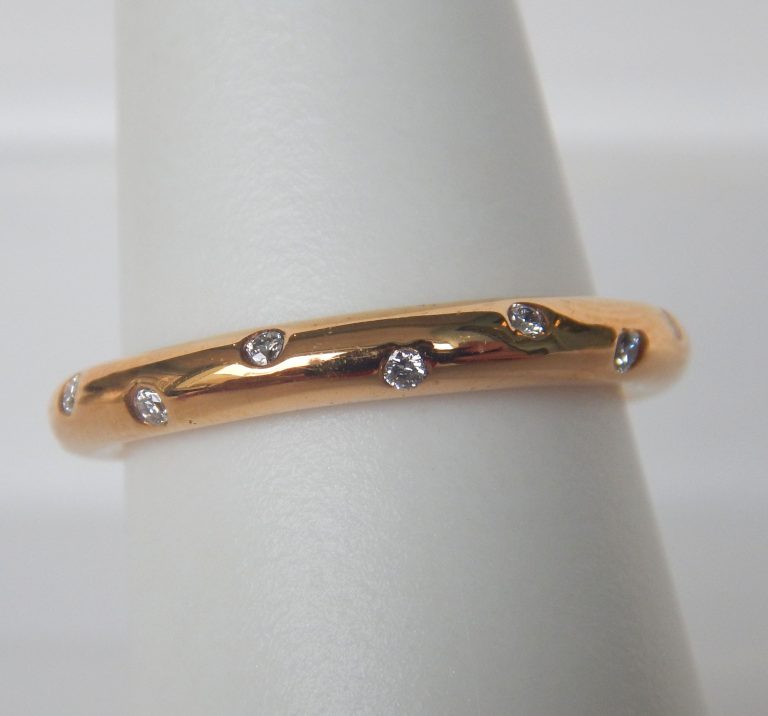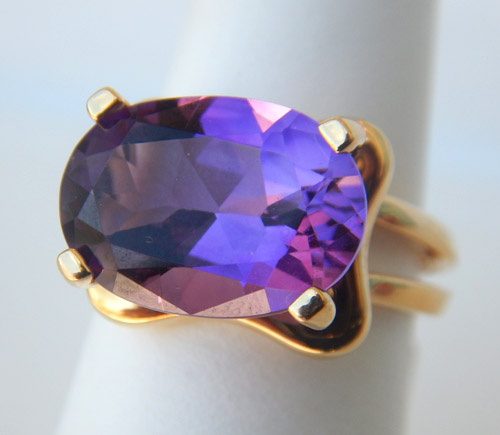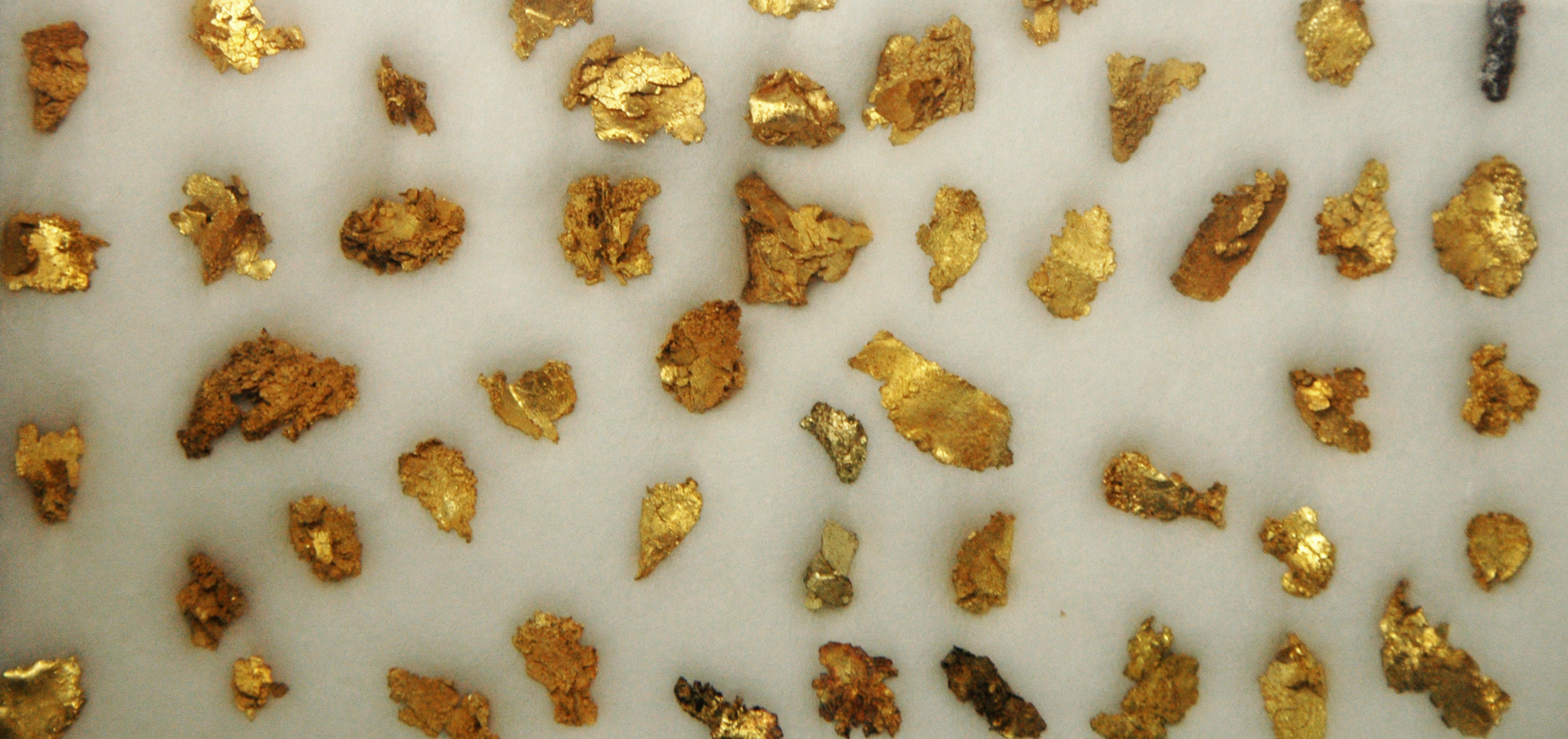When you look closely at a piece of gold jewelry, you’ll most likely see a stamp that reads 14K or 18K on it. So what exactly does that mean? Well K stands for karat (not to be confused with a carat, which is the unit of weight used for precious gemstones). A karat, on the other hand, refers to the percentage of gold in an alloy. An alloy is a mixture of various metals. Since gold is a very soft metal, other precious metals are added to it in order to make it harder and durable enough to wear as jewelry (while some are added to alter the color of the alloy, such as copper being added to make rose gold). Silver, copper, nickel, and zinc are all metals that are commonly added to gold to make it more durable. Here are the most common gold purity levels.
24K: 24/24 parts gold; 100% pure gold
18K: 18/24 parts gold; 75% gold and 25% alloyed metals
14K: 14/24 parts gold; 58% gold and 42% alloyed metals
10K: 10/24 parts gold; 42% gold and 58% alloyed metals
24K gold jewelry is very difficult to find. Since gold is a very soft metal, any jewelry that is pure gold will bend and scratch easily. Because of this, 24K gold jewelry should only be worn occasionally. 10K gold is the most affordable option when it comes to gold jewelry. In fact, since less than half of the alloy is gold, some jewelers consider it to be discount gold and won’t sell it in their premium retail stores. So how do you know what percentage of gold is right for you and your jewelry? Well, you should take into consideration several different factors including price, durability and appearance.
Price: Since 10K jewelry contains a less amount of gold than the other versions, it is the most affordable option. The more gold found in the alloy, the more expensive it will be.
Durability: If you live a very active lifestyle, 24K or 18K gold may not be the best option for you. There’s a reason why 14K gold is the most common alloy used in jewelry. It contains enough of the precious metal to be considered gold while also being less susceptible to bending and scratches.
Appearance: Obviously, the more gold found in the alloy, the more you’ll notice the vivid yellow color of the precious metal. While most people have trouble telling the difference between 18K and 14K gold, some experts can noticeably see the color differences between the two. When deciding between the various alloys, you should take into consideration how likely the jewelry piece will tarnish after some time. The less gold found in the alloy, the more likely it will tarnish faster. This won’t be the case with 18K or 24K gold.

18 karat gold

14 karat gold
If you have any questions about gold jewelry, feel free to email us at info@kloiberjewelers.com or give us a call at 414-276-2457.




